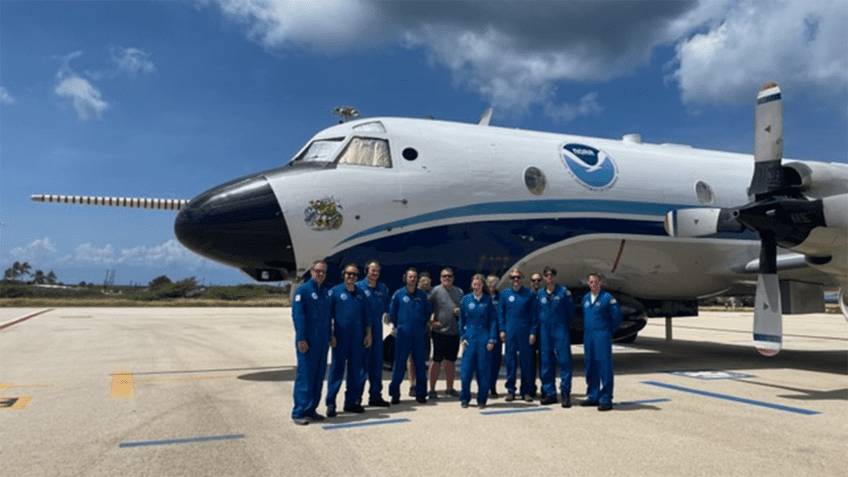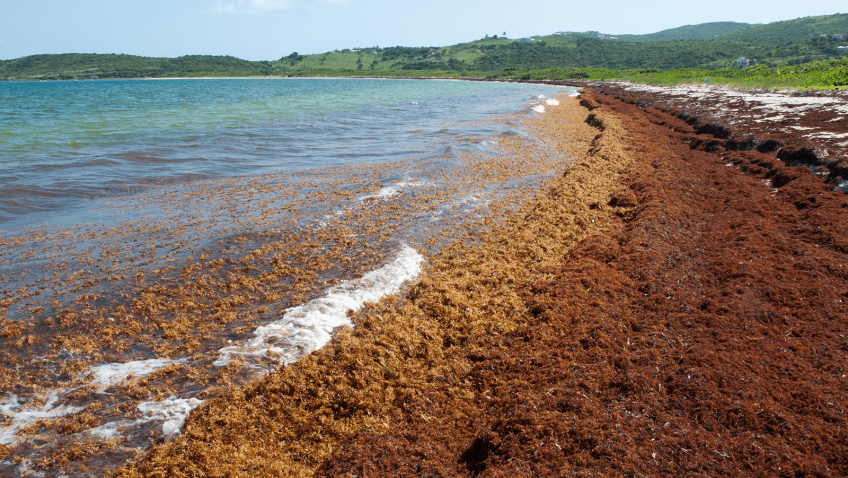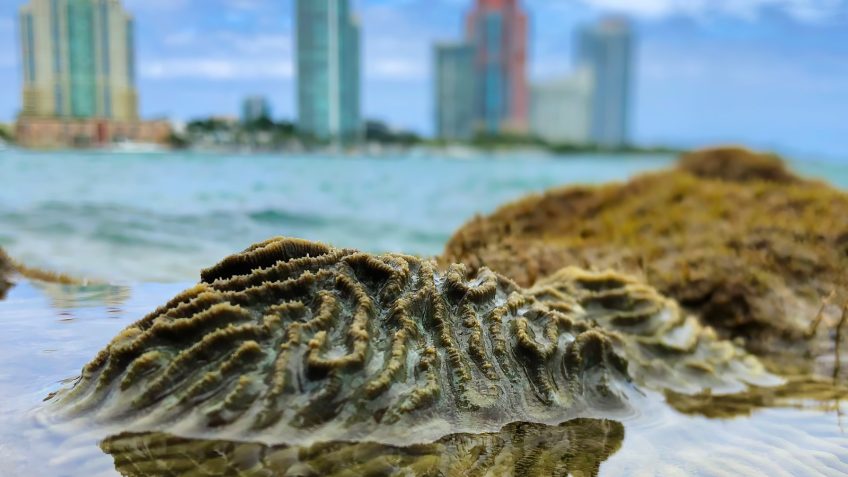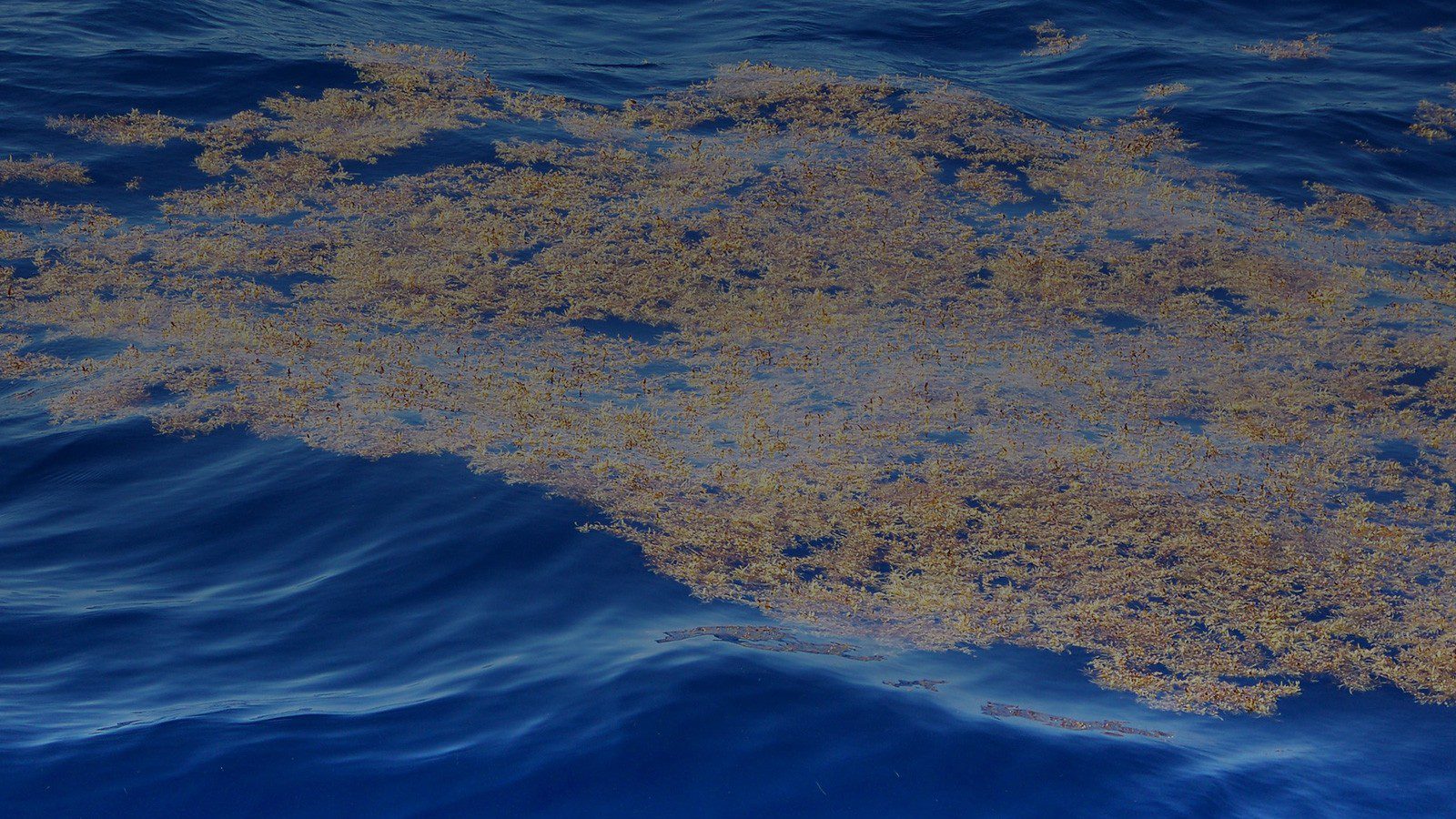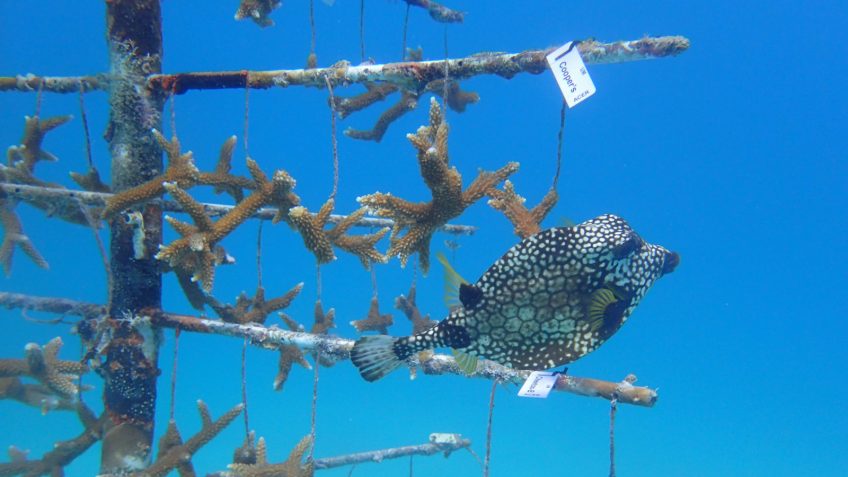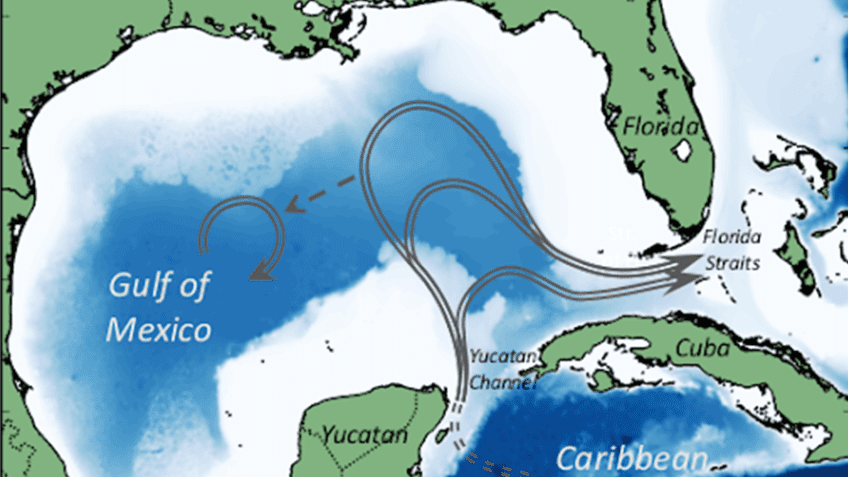Alaka Jr, G. J., Zhang, X., & Gopalakrishnan, S. G. (2022). High-definition hurricanes: improving forecasts with storm-following nests. Bulletin of the American Meteorological Society, 103(3), E680-E703.
Abstract: To forecast tropical cyclone (TC) intensity and structure changes with fidelity, numerical weather prediction models must be “high definition,” i.e., horizontal grid spacing ≤ 3 km, so that they permit clouds and convection and resolve sharp gradients of momentum and moisture in the eyewall and rainbands. Storm-following nests are computationally efficient at fine resolutions, providing a practical approach to improve TC intensity forecasts. Under the Hurricane Forecast Improvement Project, the operational Hurricane Weather Research and Forecasting (HWRF) system was developed to include telescopic, storm-following nests for a single TC per model integration.
Download Full Paper
